To compensate for thermal expansion, a gap is established between the end of the valve stem and the camshaft cam
If this gap is increased, the valve will not open fully, and if the gap is reduced, it will not close completely
The nominal clearance for exhaust valves should be 0.25±0.05 mm, and for intake valves 0.20±0.05 mm.

To measure the gaps, we prepare the car and remove the cylinder head cover, article - How to replace the cylinder head gasket on a Hyundai Solaris engine
Gaps should be measured on a cold engine +20°
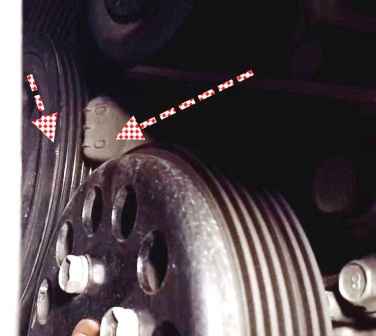
We set the piston of the first cylinder to the TDC position of the compression stroke, see the article - How set the TDC of the Hyundai Solaris car engine
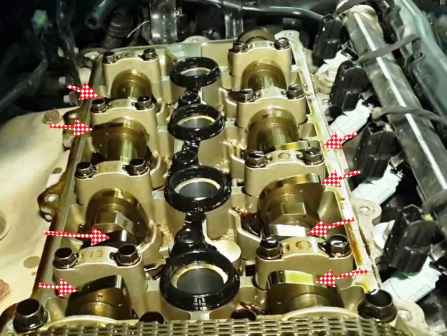
We measure the gaps between the indicated arrows in the figure with the camshaft cams and valve lifters with a feeler gauge.
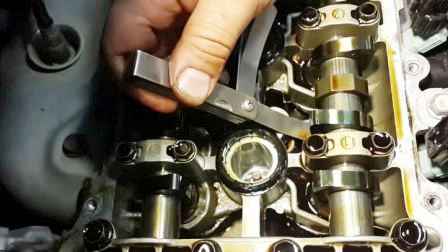
Write down the measured clearances
Turn the crankshaft one turn (360°) and repeat the clearance measurements for the other valves indicated by the arrows in the figure.
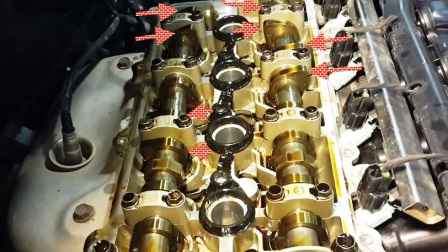
It is necessary to replace the tappets of those valves whose clearances differ from the nominal values.
After measuring all the gaps, set the piston of the first cylinder to the TDC of the compression stroke
Remove the camshaft
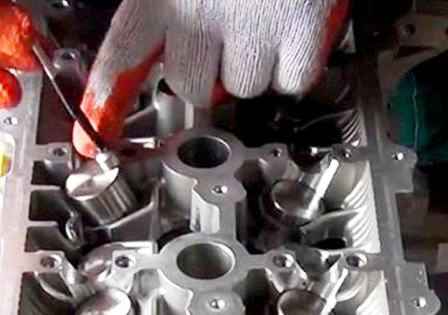
We remove the valve lifter from the cylinder head socket, the gap of which needs to be adjusted, and record its thickness.
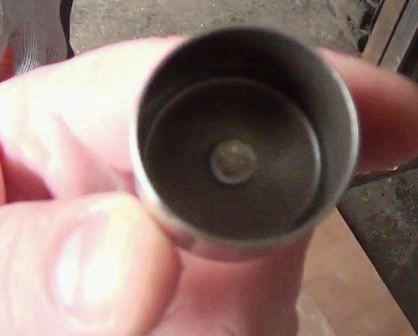
The thickness is indicated on the back of the pusher.
We calculate the thickness "P" of the new pusher using the formula (all values in mm):
P=B+A-C, where A is the measured gap;
- B is the thickness of the old pusher
- C is the nominal gap.
For example, for intake valve A=0.31mm, B=5.42mm, C=0.20mm, then P=5.42+0.31-0.20=5.53mm.
We select the pusher closest in thickness
Valve tappets are available as spare parts in size 41, thicknesses from 3.00 to 3.60 mm in increments of 0.015 mm.
Install the new pusher in place
Thus, we replace the tappets of all valves that require clearance adjustment
Rotate the crankshaft 180°
We install the camshafts, but we do not install the timing chain yet
Turning the camshafts by the hexagons, we measure the gaps with a feeler gauge.
If the gaps differ from the nominal values, repeat the adjustment.
If all the gaps correspond to the nominal value, turn the camshafts so that the cams of the valve drive of the 1st cylinder are directed upwards.
Turn the crankshaft 180°, thereby setting the piston of the first cylinder to TDC
We remove the timing chain and all the parts in the reverse order.





